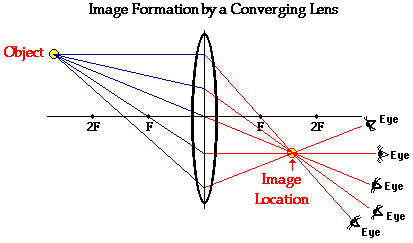One of my STEM Mentees proposed a question to look at and discuss with them:
'I would like to share an interesting physics puzzle I've stumbled across. Feel free to give it a go : A mote ( a small speck of something, a dust particle for example ) is at the centre of a perfect sphere of glass. Where, if anywhere, do you see the mote?'
Would anyone care to join in on the answer?

